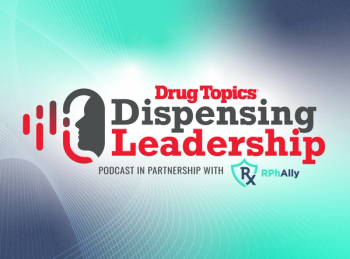
Methamphetamine, heroin users have similar risk for dental disease
Long-term users of methamphetamine compared with heroin users in an urban setting had a high prevalence of dental disease, much higher than the general U.S. population, according to a small cross-sectional study published September 1 in the Journal of the American Dental Association.
Long-term users of methamphetamine compared with heroin users in an urban setting had a high prevalence of dental disease, much higher than the general U.S. population, according to a small cross-sectional study published September 1 in the Journal of the American Dental Association.
Researchers from the University of California, San Francisco, recruited young adult injection-drug users (IDUs) in San Francisco for a pilot project to investigate the prevalence of dental disease and associated risk behaviors in meth users compared with those in heroin users.
From April 2007 through June 2007, 61 participants were recruited at a clinic in the Tenderloin district in San Francisco, and 58 completed the study. Of these patients, 17 (29%) reported meth to be the drug of choice for injection and 41 (71%) reported heroin as their drug of choice. Most of the injection drug users were male, white, and high school graduates. They ranged in age from 18 to 36 years, and most were younger than 30 years.
All the heroin users and 94% of the meth users were current tobacco smokers. Half of the participants reported using injection drugs for 8 years and reported injecting two to three times per day.
In terms of diet, half of the meth users reported consuming two or more glasses of fruit juice per day and one-third reported drinking five or more nondiet soft drinks daily. Among the heroin cohort, 24% reported drinking two or more glasses of fruit juice daily, and 5% reported drinking five or more nondiet soft drinks daily. Heroin users also reported snacking more frequently than meth users, 40% versus 24%, respectively.
Oral hygiene was lax in both groups, with half of the participants reporting never or just occasionally brushing their teeth.
“About one-half of the participants in each group had nine or more tooth surfaces with caries, and 18% of meth users had seven or more residual roots compared with only 2% of heroin users,” the researchers wrote. “However, there was no statistically significant difference between the two groups with respect to DMFS [or decayed-missing-filled surfaces], number of decayed surfaces, or number of residual roots.”
But, “the prevalence of dental disease in these poly drug IDUs was strikingly high compared with that in the U.S. general population, in which the mean DMFS and number of decayed surfaces are estimated to be 13.4 and 1.7, respectively,” according to the researchers.
The authors concluded that providing oral health education and low-intensity intervention where drug users typically receive public health services may help drug users to prevent dental disease.
Newsletter
Pharmacy practice is always changing. Stay ahead of the curve with the Drug Topics newsletter and get the latest drug information, industry trends, and patient care tips.




































































































































